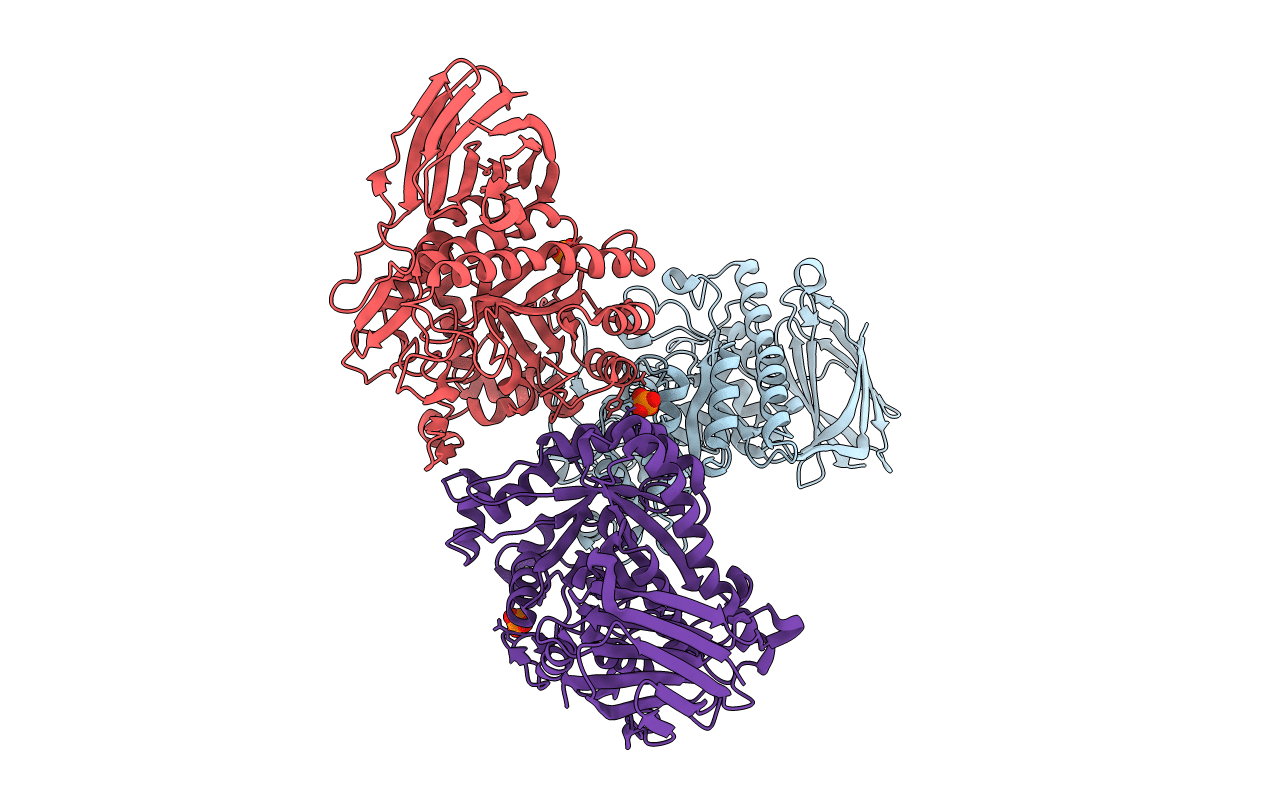
Deposition Date
2008-04-09
Release Date
2008-07-01
Last Version Date
2024-11-06
Entry Detail
PDB ID:
2VRK
Keywords:
Title:
Structure of a seleno-methionyl derivative of wild type arabinofuranosidase from Thermobacillus xylanilyticus
Biological Source:
Source Organism:
THERMOBACILLUS XYLANILYTICUS (Taxon ID: 76633)
Host Organism:
Method Details:
Experimental Method:
Resolution:
2.20 Å
R-Value Free:
0.18
R-Value Work:
0.16
R-Value Observed:
0.16
Space Group:
P 65 2 2


